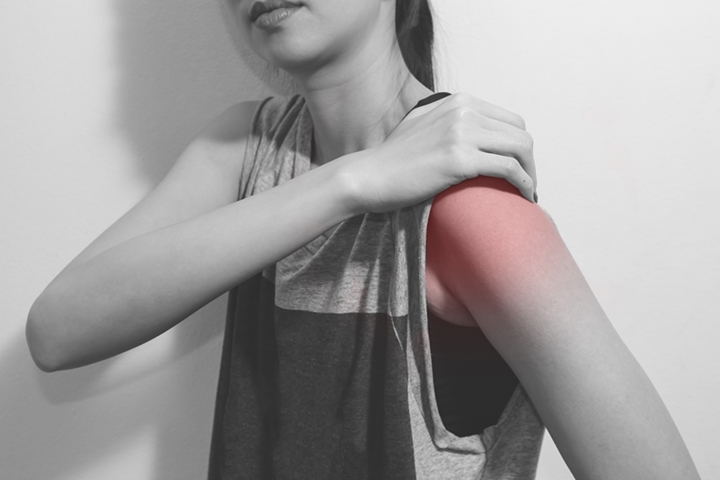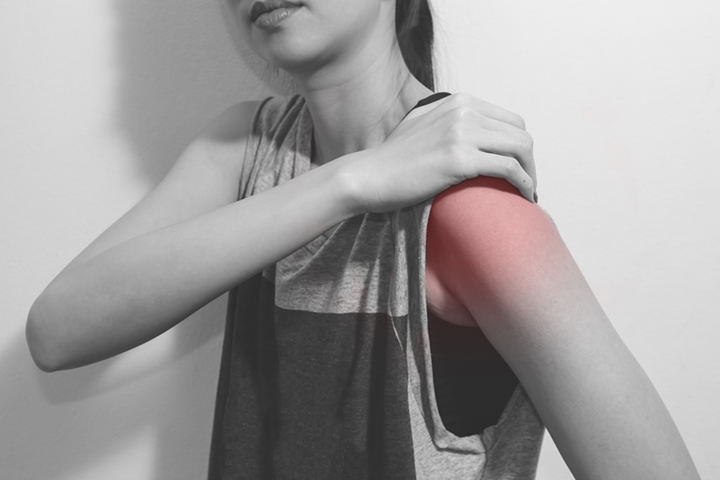
Located in the shoulder, the rotator cuff is a group of four muscles and tendons that stabilise the joint. Many people suffer from rotator cuff injuries each year, usually as a result of a sporting injury or accident. Unfortunately, it can be very difficult to recover form this kind of injury. As the rotator cuff heals, fat deposits accumulate within the rotator cuff muscles, resulting in muscular atrophy and weakness.
In a new breakthrough, researchers from the United States may have discovered a way to help the rotator cuff heal more efficiently after an injury using stem cells. This breakthrough may dramatically reduce the time it takes to heal after a rotator cuff injury and avoid any declines in rotator cuff performance.
Paper co-author Dr. Manuel Schubert, resident in orthopaedic surgery at Michigan Medicine, identified the objective behind their research: “We wanted to determine if there are cellular, molecular and genetic reasons for why rotator cuff muscles tend to develop this fat accumulation after injury.”
The research team used a mouse model to identify the specific stem cells used to build rotator cuff muscles. Then, using calf muscles as a comparison, they analysed why the fat cells were developing.
The analysis of the cells was performed at a DNA level with the goal of finding the gene pathways that affected rotator cuff muscle development. As Schubert explained: “Even though the stem cells obtained from the rotator cuff muscles and the calf are thought to be the same kind of muscle stem cells, we wanted to determine if these cells are different in how their development is controlled which may provide insight for why fat tends to accumulate more in rotator cuff muscles.”
The research team found that rotator cuff stem cells developed into 23 percent fewer muscle cells compared to calf stem cells. They also showed an 87 percent decrease in a marker for muscle formation compared to calf muscle stem cells.
The team then identified 355 regions of DNA between which were different between rotator cuff stem cells and calf muscle stem cells. They also managed to identify rotator cuff genes which activated to cause fat cell development. The findings could lead to greatly improved treatments for rotator cuff injuries.
Source: Stem Cells Provide Greater Insight into Rotator Cuff Disease
{{cta(‘d62560c2-336a-4f88-9683-44a37a5bd7fd’)}}


